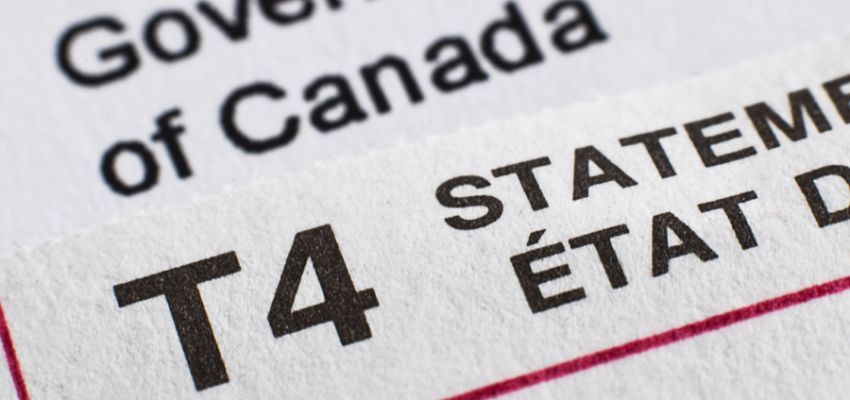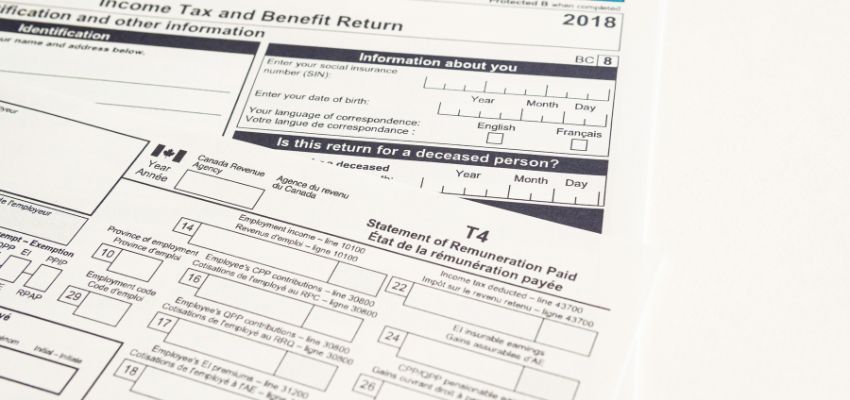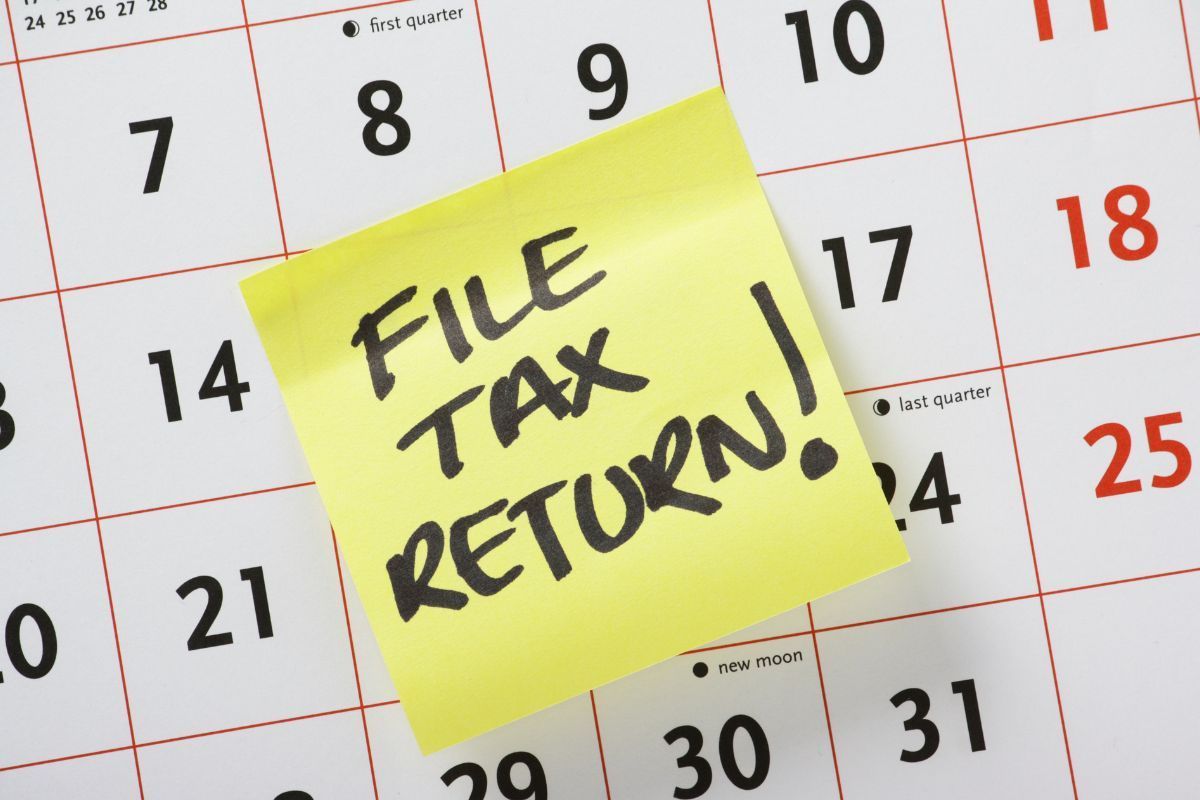Federal Withholding Tax In Canada: What You Need To Know
Are you struggling to manage your finances? Federal withholding tax is a key part of Canada's tax system, impacting how income taxes are paid year-round. Properly managing withholding tax is essential for individuals and businesses. It ensures compliance, avoids penalties, and helps maintain cash flow. Understanding federal withholding tax Canada is the first step to managing taxes with confidence.
In this article, we'll explore the fundamentals of federal withholding tax Canada. It provides insights to help you understand this key part of the tax system.
What Is Federal Withholding Tax Canada?
Federal withholding tax in Canada is the tax deducted directly from a payment. The payor submits it to the Canada Revenue Agency (CRA) on behalf of the recipient, similar to how an employer would. This system ensures that taxes are collected upfront before the income reaches the individual.
It applies to various types of payments, including wages, pensions, and investment income. The CRA collects tax at the source to reduce non-compliance and tax evasion, simplifying the process for both taxpayers and the government.

How Does Canada Federal Withholding Tax Work?
Canada's withholding tax system ensures that taxes are deducted when payments are made to individuals or entities. Here's a closer look at how it works:
Employer Responsibilities
Employers must deduct payroll taxes from employee wages. This includes income tax, Canada Pension Plan (CPP) contributions, and Employment Insurance (EI) premiums.
These deductions are remitted directly to the CRA on behalf of employees. Employers must also provide employees with appropriate slips, such as a T4, to help them file their annual income taxes.
Types Of Income Subject To Withholding Tax
- Employment income. Taxes are withheld based on the employee's applicable tax bracket.
- Investment income. Taxes are withheld for interest, dividends, or capital gains earned by individuals or non-residents before the income is distributed.
- Self-employment income. Independent contractors typically handle their tax obligations by making quarterly payments based on their earnings from the prior year.
- Cross-border payments. Payments such as rent, royalties, and service fees made to non-residents are also subject to withholding tax.
Understanding these guidelines helps individuals and businesses. It makes navigating the withholding tax system easier.

Who Is Impacted By Canada's Federal Withholding Tax?
Canada's federal withholding tax affects several key groups:
- Employees and self-employed individuals. All income earners in Canada are subject to withholding tax. For employees, taxes are deducted directly from their payments. Self-employed individuals must manage their tax obligations by making quarterly payments.
- Non-residents earning Canadian income. Non-residents who earn income in Canada—such as rental income or dividends—are also subject to withholding tax. Specific provisions under Part XIII of the Income Tax Act govern these payments.
- Canadian businesses. Businesses must withhold taxes on payments to employees, residents, or non-residents and send the taxes to the CRA.
This broad applicability ensures compliance across individuals and organizations alike.
How To Calculate And Manage Federal Withholding Tax
Managing federal withholding tax in Canada is key to accurate payroll deductions. This tax is taken directly from an employee's paycheck and sent to the CRA. Knowing how it works helps employers and employees stay compliant and avoid tax season surprises.
Estimating Withholding Tax
To ensure the correct amount of tax is withheld, employees should complete a TD1 form. This form allows you to claim exemptions or deductions that reduce the tax deducted from your income. Self-employed individuals should review last year's tax liabilities. This helps calculate accurate quarterly payments.
Adjusting Withholding Tax
The TD1 form allows employees to request reduced tax withholding. This applies if they qualify for credits like tuition fees or Registered Retirement Savings Plan (RRSP) contributions. These adjustments can help lower your overall tax liability throughout the year.
Managing Over- Or Under-Withholding
If too much tax has been withheld from your income, you can claim a refund when filing your annual return. If insufficient tax was withheld, you might owe more taxes. You could also face underpayment penalties.
Withholding Tax For Non-Residents
Non-residents earning income in Canada face withholding taxes. Tax rates depend on income type and residency status:
- 25% withholding tax on passive income. This rate applies to rents, royalties, dividends, and other forms of passive earnings.
- 15% withholding tax on service income. Non-residents providing services in Canada usually face a 15% withholding tax. This may change if a tax treaty applies.
Tax Treaties And Exemptions
Canada has established tax treaties with numerous countries to reduce withholding tax rates. Under the Canada-U.S. tax treaty, many cross-border interest payments are tax-exempt, and dividends may also qualify for lower tax rates. These treaties and exemptions help international income flow and also ensure fair taxation.
Filing Taxes And Claiming Refunds
At year-end, individuals and businesses review their withholding taxes through income tax return filings. Excess withholdings can be refunded, while underpayments may result in penalties and interest. Filing forms like the NR4 are necessary for non-residents. They ensure compliance with CRA rules and help claim eligible deductions.
Effective Tips For Managing Withholding Tax In Canada
Federal withholding tax in Canada can be tricky. Understanding the basics makes it easier. With the right strategies, you can stay compliant. This helps avoid tax surprises and ensures accurate deductions.
- Keep your TD1 form updated. Make sure your TD1 form is accurate and reflects all eligible credits and exemptions. A properly completed form helps minimize the tax withheld from your income, reducing the risk of overpaying.
- Stay on top of quarterly payments if you're self-employed. Self-employed individuals or those with extra income must track earnings. Making quarterly payments is essential. This proactive approach prevents underpayments, avoids penalties, and spares you from a hefty tax bill at year-end.
- Seek professional tax advice when needed. Unsure about your residency status, tax credits, or filing obligations? A trusted tax expert, like Adil CPA, can provide the clarity you need. With their guidance, you can ensure compliance, maximize deductions, and minimize filing errors. You have peace of mind and confidence in your tax matters.
Managing withholding tax doesn't have to be overwhelming. With these tips, you can confidently take control of the process and face tax season.
Frequently Asked Questions
What if my employer withholds too much tax?
If your employer withholds excess tax, you can claim a refund once you file your income tax return.
How does withholding tax apply to non-residents?
Non-residents are usually taxed at a fixed rate of 25%. However, applicable tax treaties can reduce this rate.
What are the penalties for failing to remit withholding taxes?
Failing to pay withholding taxes results in penalties. The first offense incurs a 10% penalty. Repeat offenses result in a 20% penalty, and interest is also added.
Can withholding tax rates vary by province?
Specific tax components, such as income brackets, are determined at the provincial level and can result in variations.

Navigating Canada's Withholding Tax With Confidence
The federal withholding tax plays a crucial role in the country's tax system. It ensures compliance and provides steady revenue for the government. Whether you're an employee, a non-resident, or a business owner, it’s crucial to understand this matter. Knowing the basics of the Canada federal withholding tax will help you meet tax obligations and manage your finances better. If you're unsure about your federal withholding tax Canada situation, consulting a tax expert is always wise.
Want more information?
Richmond Hill, ON
Calgary, AB
Vancouver, BC
Ottawa, ON
Winnipeg, MB
Hamilton, ON
Halifax, NS
Mississauga, ON
Toronto, ON
Brampton, ON
Oakville, ON
Milton, ON
Markham, ON
Vaughan, ON



